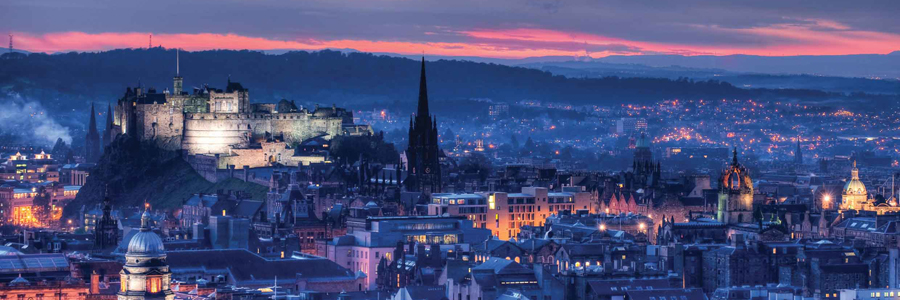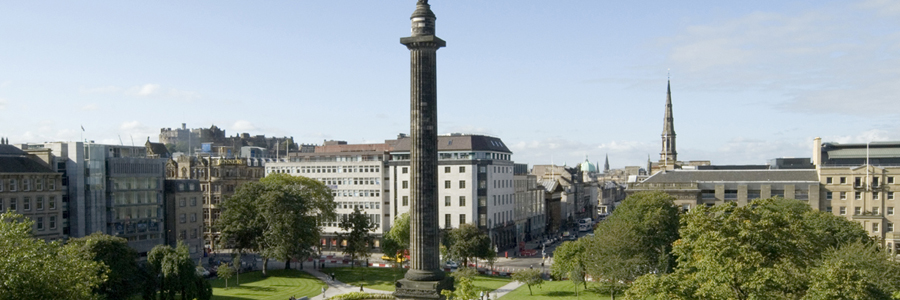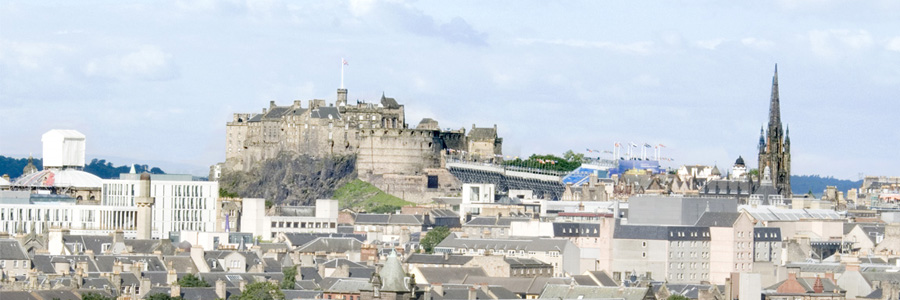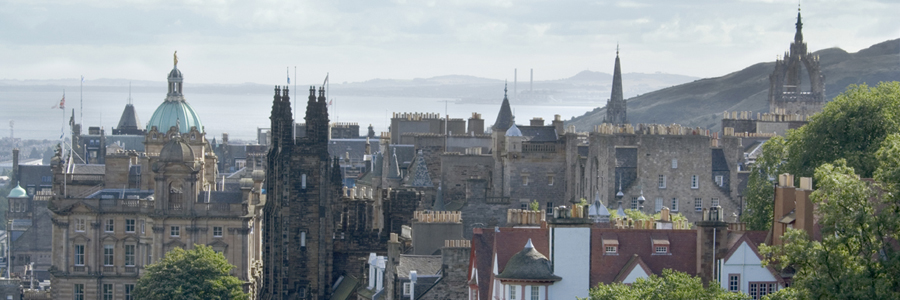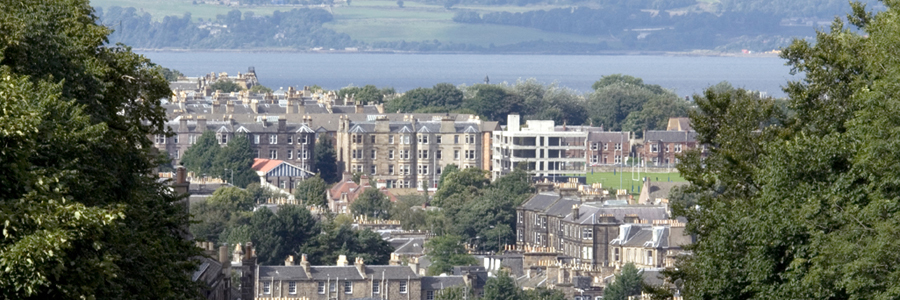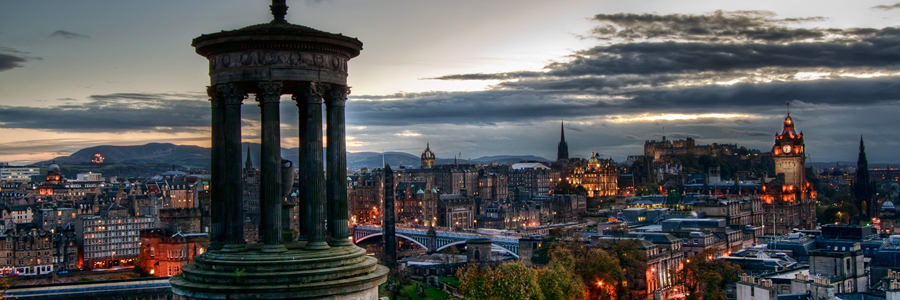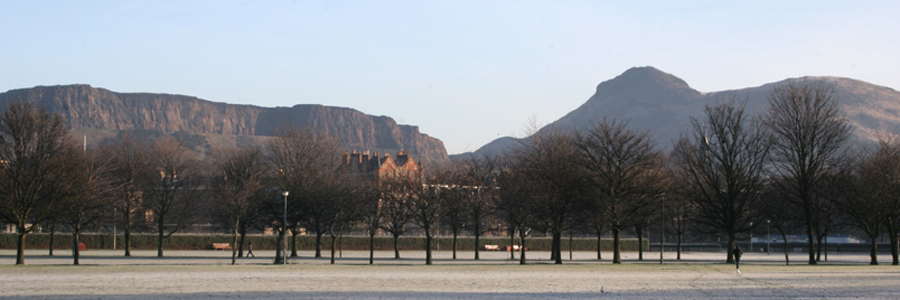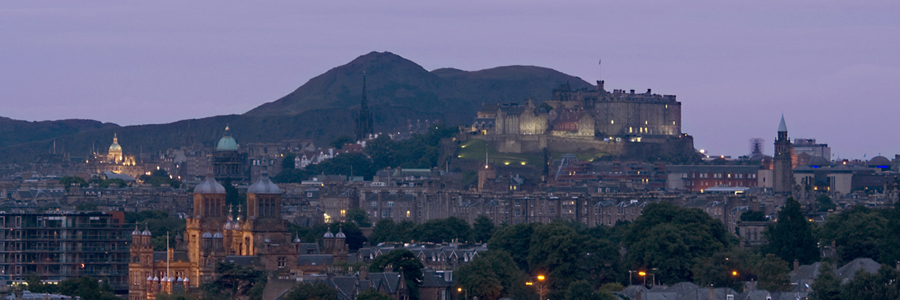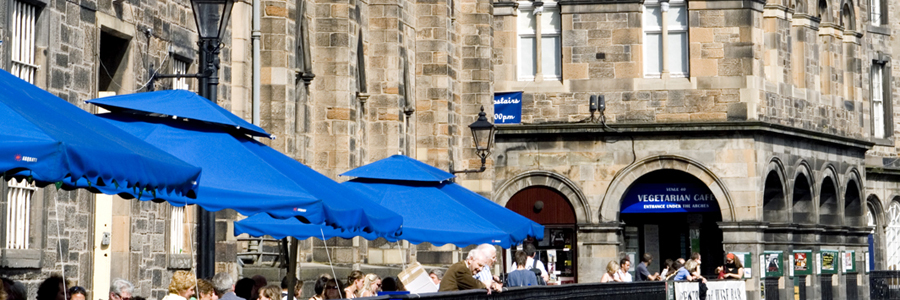Workshop
Filling the gaps – from microscopic pore structures to transport properties in shales
The workshop will take place on Sunday 5th of July at the Appleton Tower conference venue.
Organised by Reiner Dohrmann, Chris Greenwell and Thorsten Schaefer under the auspices of the OECD Nuclear Energy Agency (NEA) "Clay Club" in association with Euroclay2015, The Clay Minerals Society and The Geological Society.
The cost is £75, but please note that there is a cost-waiver for students (£0), available on a first-come, first-served basis. This is funded by the 'Clay Club' and the Geological Society.
A wide spectrum of argillaceous media are being considered in Nuclear Energy Agency (NEA) member countries as potential host rocks for the final, safe disposal of radioactive waste, and/or as major constituent of repository systems in which wastes will be emplaced. In this context, the NEA established a Working Group on Argillaceous Media in 1990, informally known as the "Clay Club". The Clay Club examines various argillaceous rocks that are being considered for the underground disposal of radioactive waste, ranging from soft clays to indurated shales.
Additionally, the shale gas and oil community is interested in the characterization of sediments and black shales from the core- to nano-scale, focusing on clay/brine/organic interfaces and understanding how pore space evolves and effects the transport and production potential of the shale system.
Through characterizing fundamental properties such as nano-/micropore connectivity, all the way up to understanding transport and mechanical fracture properties of whole rock units, both communities are studying the geological materials with a shared set of tools, from quantum mechanics computer simulations, through advanced microscopy and diffraction methods, up to triaxial mechanical tests and large-scale transport models.
Very generally speaking, these clay rocks are composed of fine-grained minerals showing pore sizes from < 2nm (micropores) up to > 50nm (macropores). The water flow, solute and gas transport and mechanical properties are largely determined by this microstructure, the spatial arrangement of the minerals and the chemical pore water composition. Examples include anion accessible ("geochemical") porosity and macroscopic membrane effects (chemical osmosis, hyperfiltration), geomechanical properties and the characteristics of two-phase flow properties (relevant for gas transport). In shale oil/gas systems, the role of clay minerals in creating porosity and controlling organic matter distribution is of key interest, as well as larger scale phenomena such as how diagenesis affects the mechanical properties of the shale gas unit. At the current level of knowledge, there is a strong need to improve the nanoscale description of the phenomena observed at a more macroscopic scale. However, based on the scale of individual clay-minerals and pore sizes, for most of the imaging techniques this resolution is a clear challenge.
The workshop, hosted by Euroclay 2015 in Edinburgh, is intended to give, inter alia, a discussion platform on:
- The current state-of-the-art of different spectro- microscopic methods
- New developments addressing the above mentioned knowledge gaps in clays.
- The perception of the interplay between geometry and electrostatics of experimentalists and molecular / Monte Carlo modeling groups providing valuable information on a lattice (1 clay surface; Å) scale.
The full day pre-conference workshop on July 5th, 2015, will be structured as follows:
8:30 h Workshop Registration
9:00 h -10:30 h Pore structure and connectivity
“Investigation of microstructures in naturally and experimentally deformed reference clay-rocks by using innovative methods in scanning electron microscopy”
Jop Klaver (RWTH Aachen, Germany)
“Combined Use of Neutron Scattering, Fluid Invasion and Image Analysis Techniques for Assessing Pore Structure, Accessibility and Connectivity in Tight Rock”
Chris Clarkson (Univ. of Calgary, Canada)
“Observations of Pore Systems of Natural Siliciclastic Mudstones“
Andrew Aplin (Durham, UK)
10:30 h – 11:00 h Coffee break
11:00 h – 12:30 h Chemical Information under high spatial resolution
“Spatially resolved quantification of organic matter sorbed to (clay) minerals by NanoSIMS“
Christian Schurig (TU München)
“High-speed, coupled micro-beam XRD/XRF/XAFS mapping at GSECARS: APS beamline 13-ID-E”
Tony Lanzirotti (Uni Chicago, CARS)
“Microscopic X-ray imaging techniques applied to mineral systems and catalyst particles”
Fred Mosselmans (Diamond Lightsource)
12:30 h – 14:30 h Lunch & Poster session
14:30 h – 16:00 h Gas/Water and ion mobility in tight formations
“Water mobility and structure in natural clay systems”
Marc Fleury (IFP, France)
“Multi-scale imaging and transport properties in shales from experiments and Molecular Dynamics simulations”
Edo Boek (Imperial College, London)
“Microscopic Chemical Imaging: The Key to Understand Ion Mobility in Tight Formations”
Daniel Grolimund (PSI-SLS)
16:00 h – 16:30 h Coffee/Tea break
16:30 h – 17:30 h Upscaling & implementation in model approaches
“Upscaling electrokinetic transport in clays with Lattice Boltzmann and Pore Network Models”
Benjamin Rotenberg (CNRS and UPMC, PHENIX, Paris)
“Impact of microstructure on anion exclusion in compacted clay media”
Christophe Tournassat (BRGM)
17:30 h – 18:30h Rock Mechanics
“Experimental characterization of damage in Callovo-Oxfordian claystone at two scales – strain localization and micro cracks”
Cino Viggiani (UJF Grenoble, France)
“The architecture and frictional properties of faults in shale”
Rosanne Murray (Durham University)
18:30 h – 18:45h Summary & Workshop closure (Poster award)
18:30 h - 20:30 h drop in “Icebreaker” EUROCLAY in the Playfair Library
The deadline for submission of papers and extended abstracts has been further extended to 16th March 2015. Papers arising from the invited lectures and extended abstracts of the posters will be published as peer reviewed contributions in a CMS workshop lecture series volume which will be made available on an open-access basis at the time of the workshop. The extended abstracts will be edited by Reiner Dohrmann, and the Invited lectures by Thorsten Schäfer and Chris Greenwell.
The conference will host a workshop follow-on session on Monday 6th July, "From microscopic pore structures to transport properties in shales', for those wishing to make oral presentations and to continue the discussions from the workshop.
Those wishing to submit a smaller (1 page) abstract should register for the follow-on session on Monday: 'From microscopic pore structures to transport properties in shales'. Posters from the workshop and from the follow-on session will both be on display during the day of the workshop and during the follow-on session.
If you have any specific questions about the workshop please contact Reiner Dohrmann



